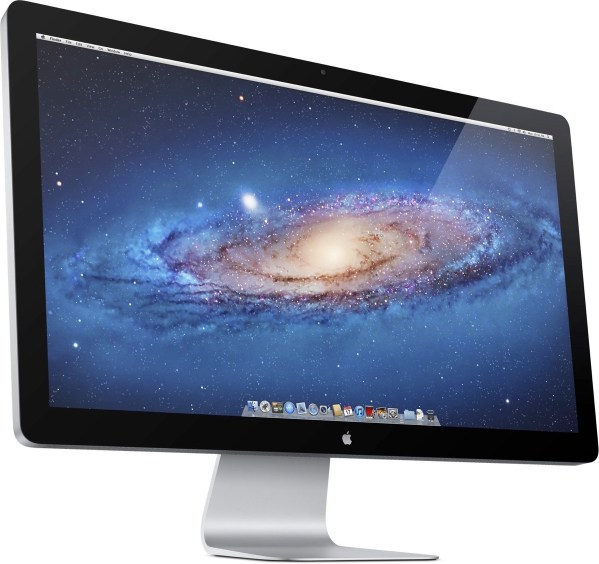Apple’s product design is elegant and sophisticated, but austere. Whether you’re holding a MacBook or an iPhone or an iMac, the best word to describe all of them is “thin.” And Apple seems intent on making them thinner each year.
The iMac, especially, has become a thing of hardened, severe beauty. I love the design, respect it a great deal, but I’m not as emotionally connected to it as I have been to past iMacs.
Apple’s VP of design has talked about making the interface invisible to the work, so it’s understandable that Apple would try to make the actual hardware interface itself as invisible as possible, too, reducing it to its core components.
But in the process, Apple’s lost some of the whimsy and joy that’s marked earlier product designs.
Take a look at early Macs. The beige boxes were designed to look like kitchen appliances — something unassuming, something inviting to use.

In the late 1990s, Apple sought to reinvent itself. And it did it with a computer that was just fun to use – the iMac. An updated reinterpretation of the original Mac concept, the iMac included a color screen, CD/DVD reader and Internet connectivity, all built right in to a translucent shell that enabled you to see inside, to demystify how the computer worked.

A few years later Apple would reinvent the iMac in flat screen trim, and this was the most imaginative, expressive, and creative case design yet. The iMac G4. Some people called it the “Luxo Jr,” in reference to a computer-animated desk lamp imagined in a short subject produced at Pixar, while others called it the “flower pot iMac.”
Any way you slice it, the iMac G4 was cute. With its optional speakers, it looked like a bug-eyed alien, especially when you opened up the tray-loading CD/DVD drive.

The long march towards austerity turned the corner with the next generation, the iMac G5. It introduced the boxy flat shape we have today. Apple’s made it progressively leaner and bigger since then, until we ended up with 21.5-inch and 27-inch models with 4K and 5K displays.
No one questions that todays iMacs are light-years better than their predecessors. I just wish they still had some of the cheeky, humanistic fun of earlier models. Maybe some day. Not today.






